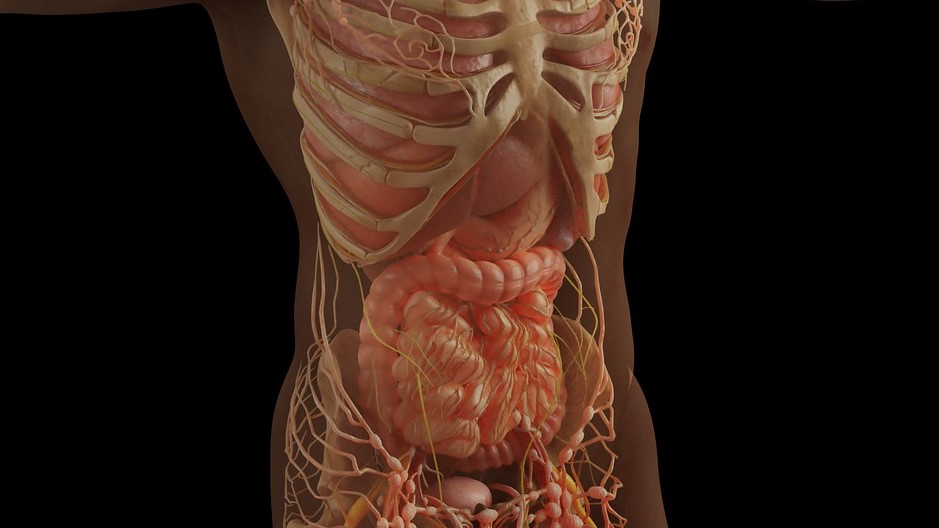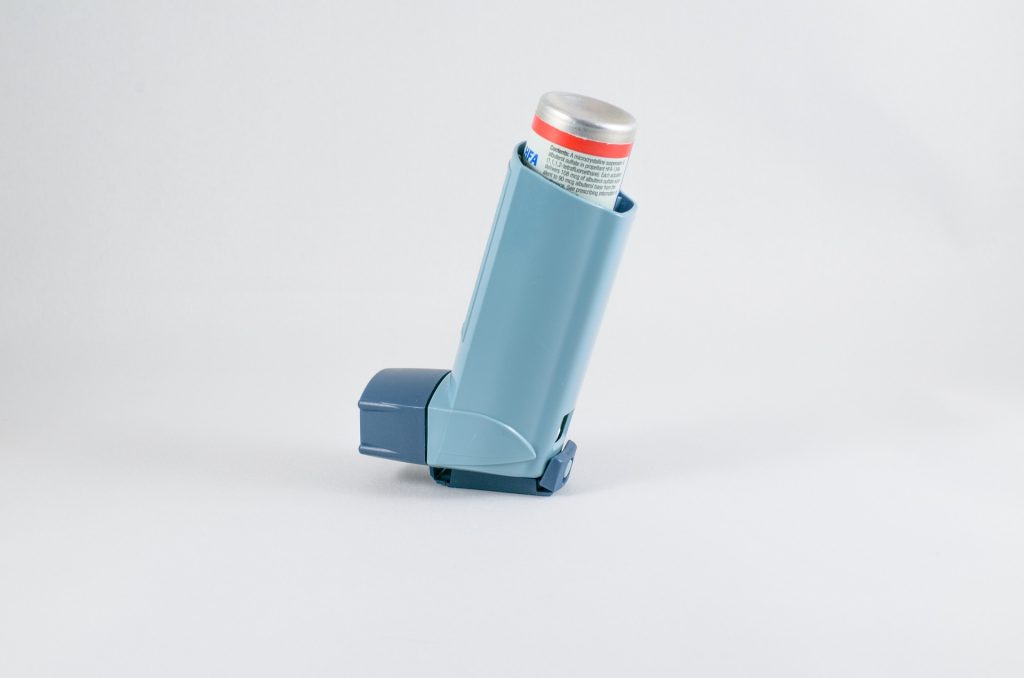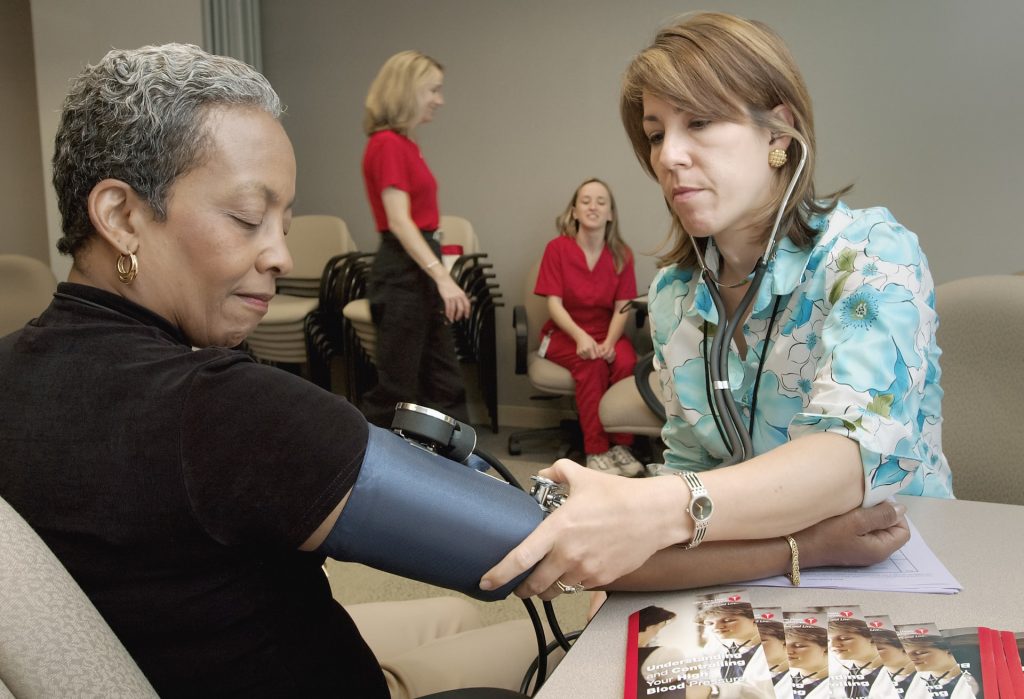Targeting Inflammation may Not Help Reduce Liver Fibrosis in MAFLD

Researchers at UCLA Health uncovered new information about the role inflammation plays in mitigating liver fibrosis, which is associated with metabolic-associated fatty liver disease (MAFLD). While inflammation in the liver has long been considered a prerequisite to developing liver fibrosis, the scarring and thickening of tissue that can impair the liver’s ability to function, this new research, published in the Journal of Clinical Investigation, suggests that reducing inflammation may not influence the extent of fibrosis.
“Liver fibrosis is the critical feature that creates chronic liver disease and liver cancer. If we can keep fibrosis in check then we can meaningfully impact liver disease,” said Tamer Sallam, MD, corresponding author of the study and vice chair and associate professor in the department of medicine at the David Geffen School of Medicine at UCLA.
“For decades we have believed that targeting inflammation is one of the most important ways to reduce MAFLD. But this new research indicates that inflammation, while still important, may not be the main driver of fibrosis.”
The study looked specifically at a protein called lipopolysaccharide binding protein (LBP), which is involved in the body’s immune response, and how LBP functions in mice. Findings showed that mice without LBP in their liver cells had lower levels of liver inflammation and better liver function but no change in fibrosis.
In addition to mouse models, the researchers also studied genetic analyses from large human datasets and human tissue samples from MAFLD patients at different stages in the disease, to examine the consequence of loss of LBP function. The evidence combined showed that the LBP does not alter scar tissue markers.
Sallam indicated a need to further explore how LBP influences inflammation and whether other factors can offer a more potent reduction in inflammation and have an impact on reducing fibrosis.
“Reducing scar burden is one of the holy grails in the treatment of advanced liver diseases,” Sallam said. “These results suggest that certain ways of targeting inflammation may not be a viable option and that more directed therapies against other pathways could help us better target fibrosis and improve outcomes for patients.”
Source: UCLA Health









